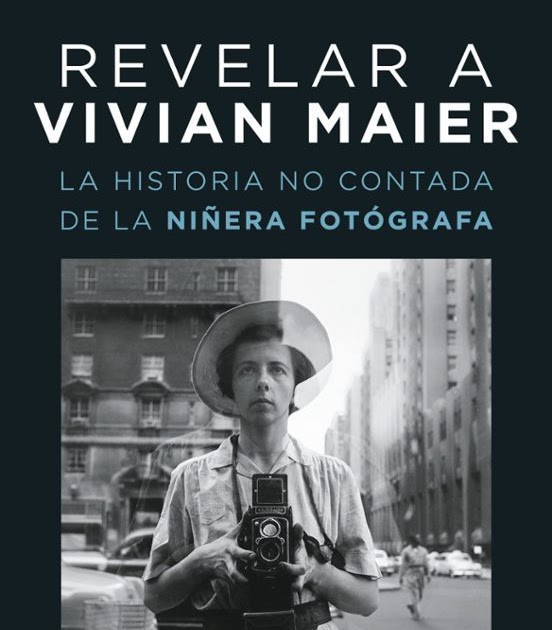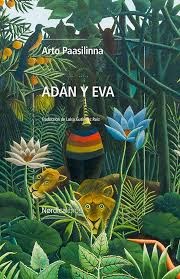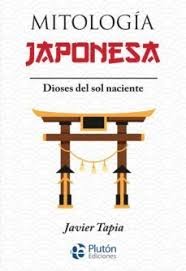
Language: English
Títulu Original: Vivian Maier Developed
Year of publication: 2021
Translation: Ignacio Villaró Gumpert
Valoración: quite recommended, especially for interested parties
Once again and above all for those who have never heard of the biographed person in this book, the subtitle is deceptively revealing (never better); indeed, Reveal to Vivian Maier He tells us The story of the nanny photographerwhose enormous work, unknown until then, was discovered by chance in 2007 – at the root of the auction of guardianships where she accumulated copies and negatives of her photos- and disclosed in exhibitions, books and, to a large extent, thanks to a 2013 documentary nominated for the Oscars (it has not been the only one that has been made about it, however). The story, why fool us, has many points of interest both artistic and “human”; How, a photographic work of great value that was not known until, practically, the death of its author (who died in 2009, in fact)? That said author was a babysitter, a contemporary Mary Poppins mary Valuable testimony of that time? What his photographs radiate an empathy and a humanity that, without a doubt, denote that they were taken by an artist of sensitivity and extraordinary values?
Vivian Maier is discovered in this exhaustive biography of Ann Marks (the “exhaustive” adjective will go a lot in this review, warning) as an artist not already talented and intuitive, but even charismatic and immersed in contemporaneity, love being a more than interesting figure: contradictory, enigmatic, restless and, above all, very vital. A woman on horseback always between two cultures, between two cities, between two trades or between two attitudes: USA and France, New York and Chicago, photographer and nanny, the Maketrpy -very nuanceable, this -and a deep empathy towards their models -also nuanceable, this other-; even why not?, between a living and talented intelligence and mental illness. The enigma Maier, in any case, can be summarized – or could, before this biography – with an interrogation sign or an X that represents the unknown that his biographer tries to clear and I think he achieves it largely. Maybe even in excess … I explain: the biography is, as I have already said, very exhaustive. Or, rather, doubly exhaustive; On the one hand, Ann Marks has investigated, on many occasions documented and analyzed all the vital trajectory of the photographer and, more, of her relatives, known or even employers. But, in addition, it is the biography of someone who was not a public character until after his death, so that the data was most complicated to obtain the author of the book. But he did it, it is that yes and in fact, she undoubtedly felt so legitimately proud of it that she decided to record her inquiries in the appendices of the book and even in one of them gives advice to carry out a genealogical investigation (in the US; Listen to me, possible readers of this biography: even if they have their interest, nothing happens if you skip these appendages. The same can be said, although perhaps they can occur more as a last chapter of the book itself, with the other two. One about the legal battles about Maier’s work and another about the interpretation that we owe and, above all, we can give to his artistic legacy.
I will not extend here on the vital and conditions of the figure of Vivian Maier, which are surprisingly varied and significant (I mean, for someone who has been labeled as “the nanny photographer”); It is enough to say that this biography reads, at times, as a family soap opera, a microhistory work or an interesting study of the work and creative role of the artist woman in the second half of the 20th century. Without forgetting, of course, the fundamental role that mental illness had in the life of the photographer, both that of her relatives and her own … because if something must be recognized to this biography, in addition to her exhaustivity (I already noticed that I was going to use this term a lot) is that it is not a hagiography; Marks does not hurt garments to expose the “defects” and contradictions of his biography: starting, I already say, for his mental health problems, which were manifested mainly through an accumulation disorder, which led him to alquila world of their photos).; A vocational and obsessive photographer who, however, was the most avarable to share his obtained with anyone; A professional babysitter who took care of others for decades, but who, despite his progressive and feminist convictions, did not hesitate to resort to physical punishment about his pupils; A photographer who demonstrated a great humanity and empathy about his portrayed, many times people who lived in the street, but who, according to testimonies collected in the book, did not respect neither the physical space or their intimacy of these, being the most intrusive when getting the photo he wanted. A woman who, apparently, felt great aversion towards contact with men, perhaps for some trauma of her childhood or youth, which did not prevent her from relating and having male friends of the artistic world. In short, that he had a personality of the most complex and that is not easy to apprehend, which he houses, on the other hand, with his artistic sensibility, as evidenced in this biography. I have to confess, however, that sometimes, reading it, I have felt a certain repair to find out in the less flattering personal circumstances of this woman (and let’s not say about her closest relatives, that there is a lot of fabric to cut), since, as I mentioned, she was not a public character until after her death and in life she was shown on numerous occasions of the most reserved about herself and her past. But, finally, I suppose what has to be the object of such a biography (there I go again) exhaustive like this.
One last point and I promise that I already ended, to explain the qualifier of “misleading” that I used at the beginning of this review: after reading the biography, I do not agree with that nanname of “the babysitter photographer”; If something is clear and diaphanous in this book is that before anything else, Vivian Maier’s vocation was photography, artistic vocation and we could even say that vital, not a mere hobby … that he did not manage to dedicate himself to it professionally was something circumstantial, because she tried and, above all, he largely articulated her life around the photograph, even if she had to make her life. Hence, I think we must consider her more “the girl photographer” than “the babysitter photographer”, in the same way that (since we are in blog about books) we do not consider Kafka “the office writer”, Bukowski ” Even more if they have exercised little prestige).
For those who are curious about the figure of Vivian Maier and knowing his photographs, he can find many of them in this blog: <http://vivianmaier.blogspot.com>
Source: https://unlibroaldia.blogspot.com/2025/05/ann-marks-revelar-vivian-maier.html


